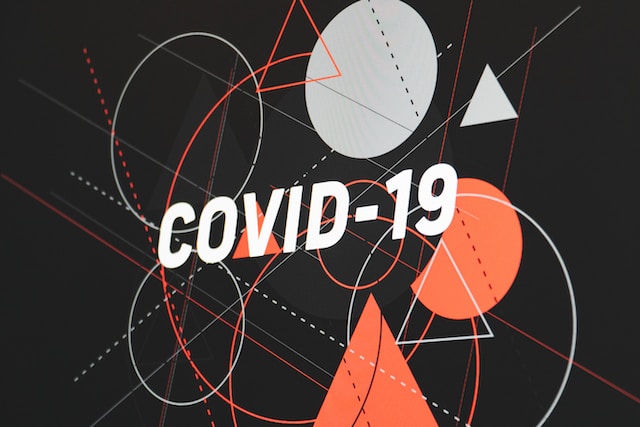The Center for Advanced Dental Education (CADE) at Saint Louis University (SLU) responded to the COVID-19 pandemic by delving into innovations in digital orthodontics and dentistry. This effort has attracted dental professionals worldwide to SLU to learn about unique technological advancements.

COVID-19 Pandemic Ignites Fundamental Innovations in Digital Orthodontics
Dr. Ki Beom Kim, a key figure at CADE, emphasized that the pandemic heightened the demand for digital orthodontics, given lockdowns and movement restrictions. The pandemic’s impact accelerated the adoption of digital solutions, transforming service delivery methods.
SLU researchers collaborated with Graphy, a South Korean 3D printing material company, over three years to test direct 3D-printed aligners. This approach, unlike Invisalign’s use of thermoforming plastic sheets, directly controls aligner material dimensions and structure. The benefits of this method include faster tooth movement, reduced waste, and improved precision. The research was detailed in a Progress in Orthodontics paper titled “Force Profile Assessment of Direct-Printed Aligners Versus Thermoformed Aligners and the Effects of Non-Engaged Surface Patterns.”
Dr. Kim sees this advancement as significant, potentially claiming a substantial portion of Invisalign’s market share, which exceeds $25 billion. SLU’s pioneering work with Graphy sets it apart as the first institution to achieve this breakthrough.
Retaining orthodontic adjustments has historically posed challenges. To address this, YOAT, a Seattle-based medical technology manufacturer, collaborated with SLU to develop an on-site retainer-bending machine. This innovation promises precise retainers in less time, enhancing patient stability compared to traditional methods. YOAT’s partnership with SLU also extends to creating a finishing wire bending machine, set for testing in the near future. This machine is expected to further enhance orthodontic care by offering customized finishing wire options.
The collaborative research involved multiple individuals, including Dr. Evan Hertan, Dr. Julie McCray, and Dr. Brent Bankhead from Saint Louis University.
FEATURED IMAGE CREDIT: Martin Sanchez on Unsplash.











